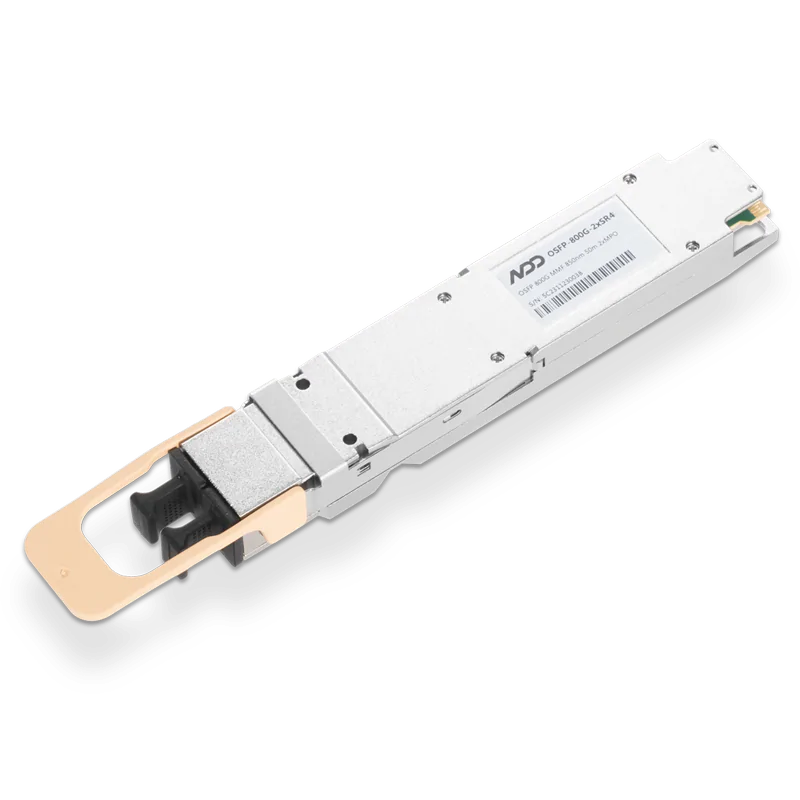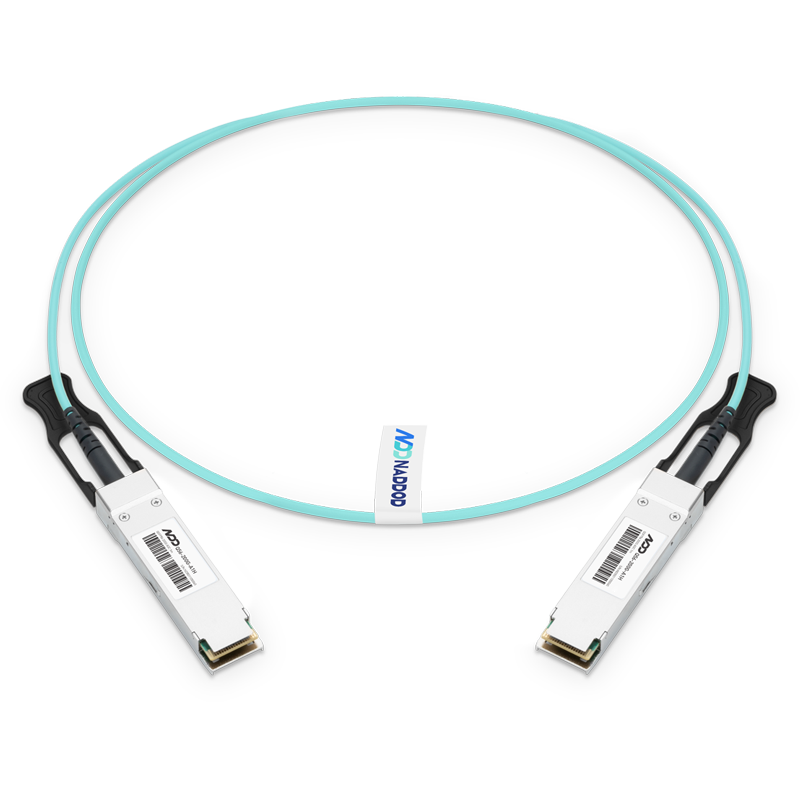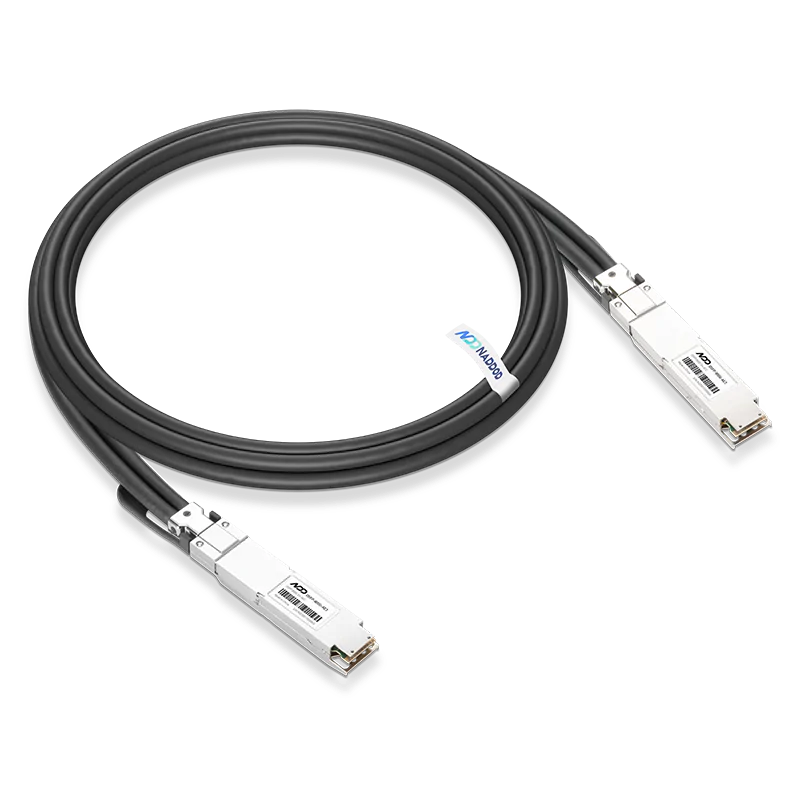In recent years, large data centers have begun to become indispensable infrastructure, and data center construction has been on the fast track, both in terms of investment plans and total capital expenditures.
The construction of data centers brings the scale of demand for data communication optical transceivers, and according to analysts, the share of data centers in the communication transceiver market will further increase from the current 40% to 60% in the next five years. The annual sales of digital communication optical transceivers are expected to grow rapidly from the current close to $3 billion to over $7.5 billion, with a compound annual growth rate of 20%.
- Global data center construction is characterized by large-scale and intensification, shifting to larger scale development.
- In terms of the technological evolution of data center optical transceivers, data center requirements for optical transceivers are high speed, low cost, low power consumption, small package, and low power.
- From the viewpoint of the technology evolution route, it is currently in the cycle of iteration from 100G optical transceivers to 200G/400G high-speed optical transceivers. From the perspective of the transceiver rate, 100G will slowly withdraw to give way to 200G and 400G transceivers, especially 400G transceivers. 800G will also gradually start to take up volume.
- At the same time, the market for direct copper and active optical cables in data centers will also grow, and the 400G market is particularly promising. In the rate of 400G and above, silicon optical technology, with its many advantages such as high speed, high integration, high reliability and low cost, is rapidly expanding its market capacity after 5 years and gradually becoming the mainstream technology in the data center optical transceiver market.
Facing the demand of data center, especially the requirement of higher and higher integration, silicon optical technology is gradually becoming the mainstream technology direction of high-speed optical transceiver.
In the field of data center interconnection (DCI) communication, silicon optical technology has become the mainstream technology direction for long-range coherent transceivers; in the process of speeding up the short- and medium-range communication transceiver from 100G and 400G to 800G and 1.6T rates within the data center, silicon optical is gradually replacing indium phosphide external tuning lasers; while in the market of short-range transmission optical transceivers within 100m, gallium arsenide based low-cost vertical resonant cavity surface injection laser VCSELs currently dominate the market, but silicon is considered to be one of the most competitive solutions in the future driven by the demand for high data rates and low cost.
Silicon optical technology has a variety of outstanding advantages such as low cost, higher integration, more embedded functions, higher interconnect density, lower power consumption, and higher reliability. The great development of silicon optical technology optical transceivers can be said to be, to some extent, an industry consensus.
Authoritative market analysis recently pointed out that silicon optical currently accounts for about 20% of the Ethernet optical transceiver market, indium phosphide solution is still the mainstream market technology, but five years later, silicon optical technology market share will rapidly increase to half, becoming the mainstream technology solutions in the optical communication transceiver industry.

 800GBASE-2xSR4 OSFP PAM4 850nm 50m MMF Module
800GBASE-2xSR4 OSFP PAM4 850nm 50m MMF Module- 1NADDOD InfiniBand Cables & Transceivers Products
- 2NADDOD 200G InfiniBand Optical Transceiver Products Introduction
- 3What Should We Do If the Temperature of the Optical Transceiver Is Too High?
- 4OFC 2025 Recap: Key Innovations Driving Optical Networking Forward
- 5NADDOD 1.6T XDR Infiniband Module: Proven Compatibility with NVIDIA Quantum-X800 Switch































